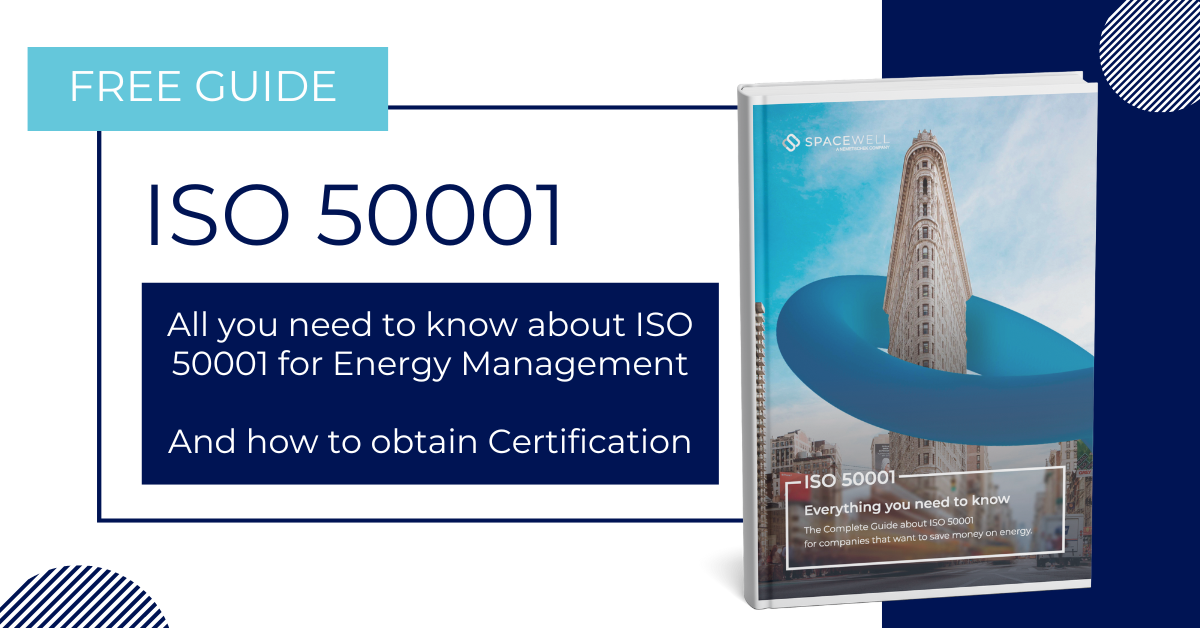After the publication of our guide to the ISO 50001 certification, we are opening up a new discussion topic on our blog today on the future ISO 52000, a new standard which is being drawn up to measure the energy performance of buildings.
Many of you who read out blog are already aware: ISO 50001 is not the only certification affecting the world of energy efficiency.
There are many others, such as ISO 50002:2014 which is intended to harmonise the processes for conducting energy audits, as well as non-ISO certifications such as BREEAM or LEED.
What is ISO 52000
The ISO 52000: Energy performance of buildings was first published in 2017 and then reviewed in 2023. Not to be confused with the 50002, about Energy Audits.
The ISO organisation deemed it necessary to focus in a comprehensive manner on the energy management process, widening this and other standards related to such processes.
In this way, they developed the ISO 52000 which impacts the energy efficiency of buildings throughout the world.
Why? Basically, ISO 52000 suggests an improvement on ISO 50001 which is intended to certify Energy Management Systems (EMS). ISO 52000 tackles the holistic focus of energy management and will concentrate on the definition, evaluation and systematisation of the energy performance of buildings.
This standard suggests a systematic and regulated structure to integrate the energy performance of buildings which covers:
- The definition of usual terms, definitions and symbolisation related to the energy consumption of buildings
- How the distribution of spaces should be carried out for different uses and what should be taken into account for each use
- A methodology to calculate the energy efficiency of buildings
- Methods to calculate the performance for zones and uses and requirements to formulate these calculations in the correct way
- Definition of performance indicators: which ones, how they should be measured…
What does this list mean? If you read between the lines, you will have realised that there is a type of building and activities which can benefit directly from the future new ISO.
We are referring to office buildings. Due to the way in which ISO 52000 is being considered, it appears that these are the type of buildings that could most directly benefit from the new methodology.
For landlords of offices, it is vital, for example, to know how to apply energy consumption indicators for each zone, and automate energy cost management and consumption for each tenant.
ISO 52000: Objectives
The ISO organisation is convinced that this new standard means an important impetus to energy innovation and energy management.
ISO commented in its publications that the objectives of ISO 52000 mean:
- That the new standard will apply to new buildings, existing buildings, as well as buildings under construction or renovation
- Counting on the opinion and requirements of each state’s regulating institutions (an online tool exists through which regulators can send feedback to the ISO organisation)
For organisations, the objective is obviously to gain greater control over which indicators affect energy performance of buildings.
Bringing about definitions of common variables when working in the energy field will provide a common framework with which the energy manager will be able to unify and compare more easily between diverse projects.
Want to know more about ISO 50001? You can download the free guide: “ISO 50001: what is it and how to introduce it in my business.“



